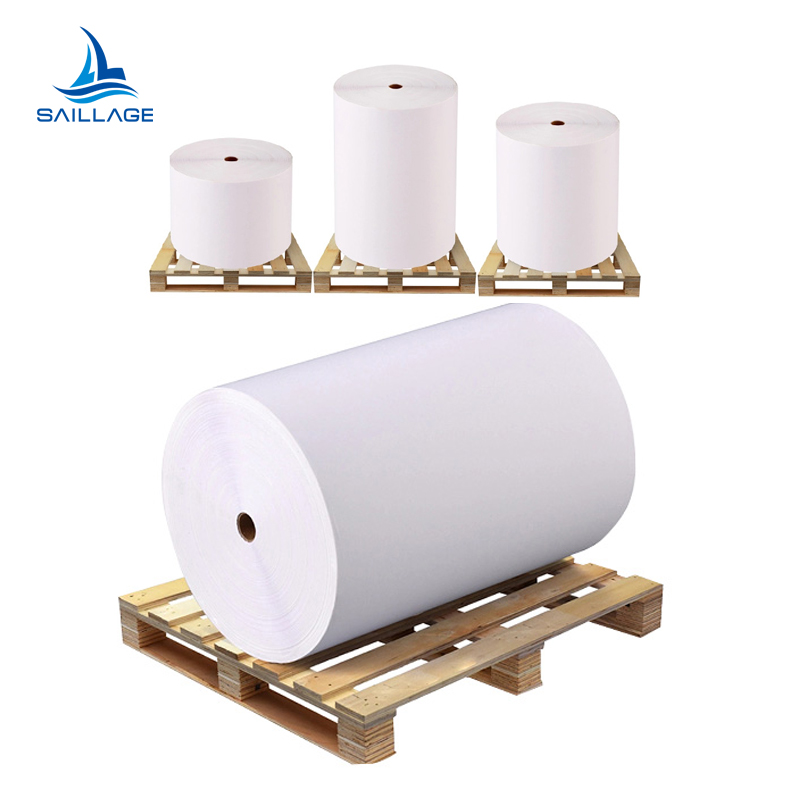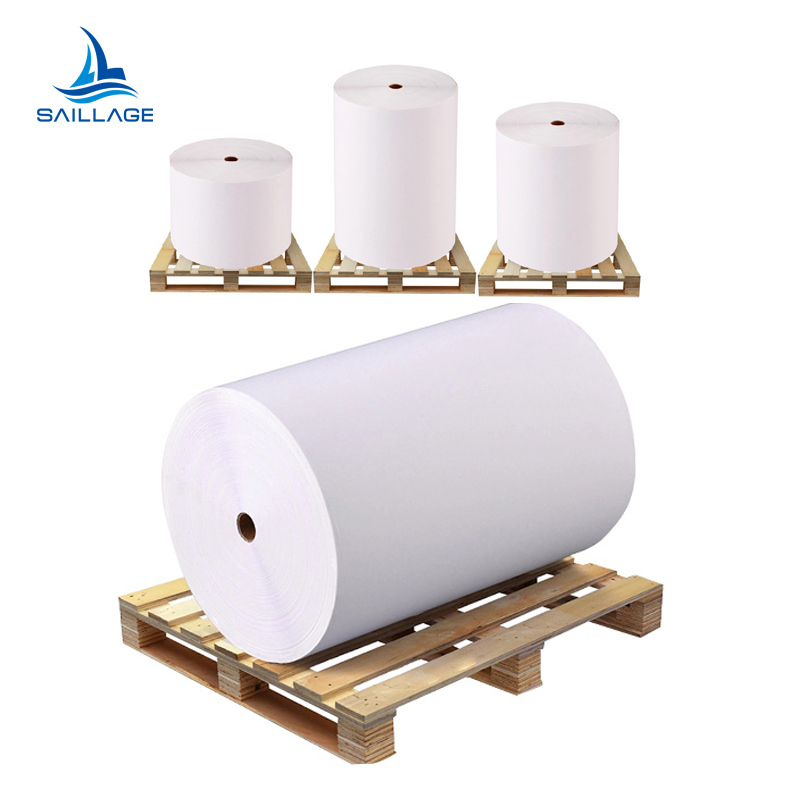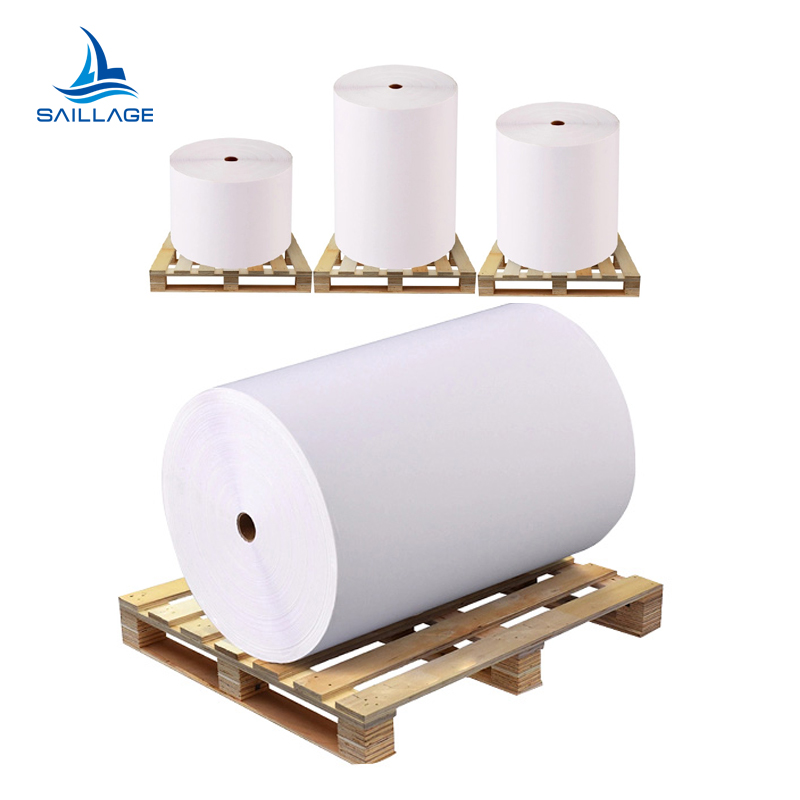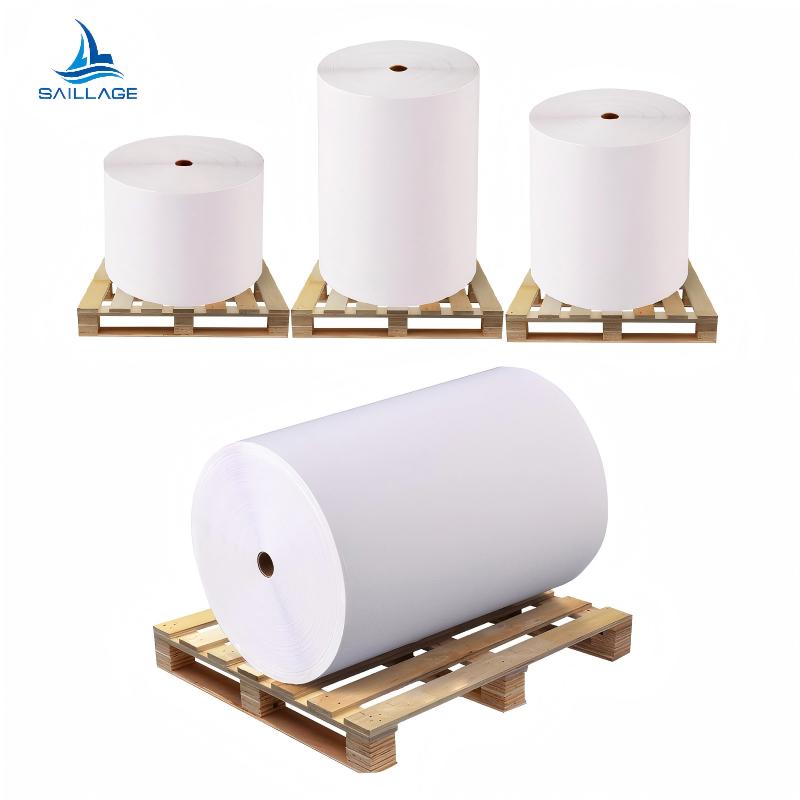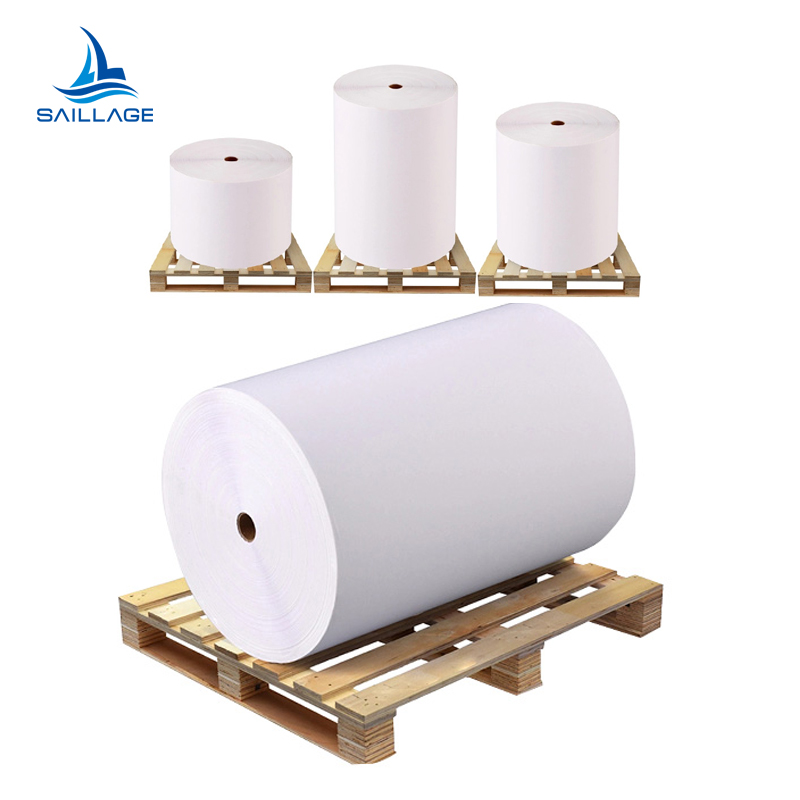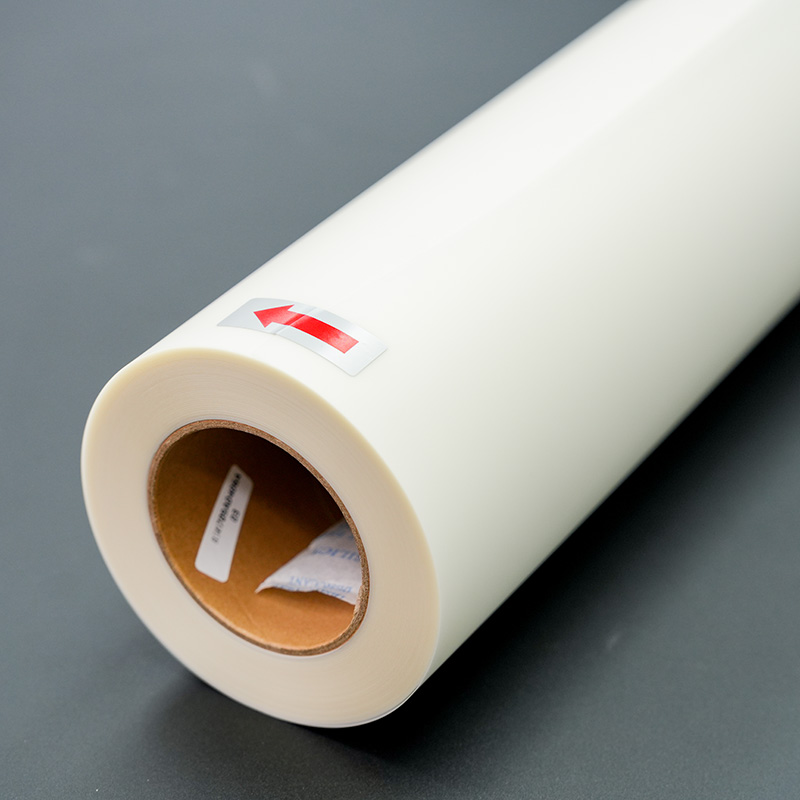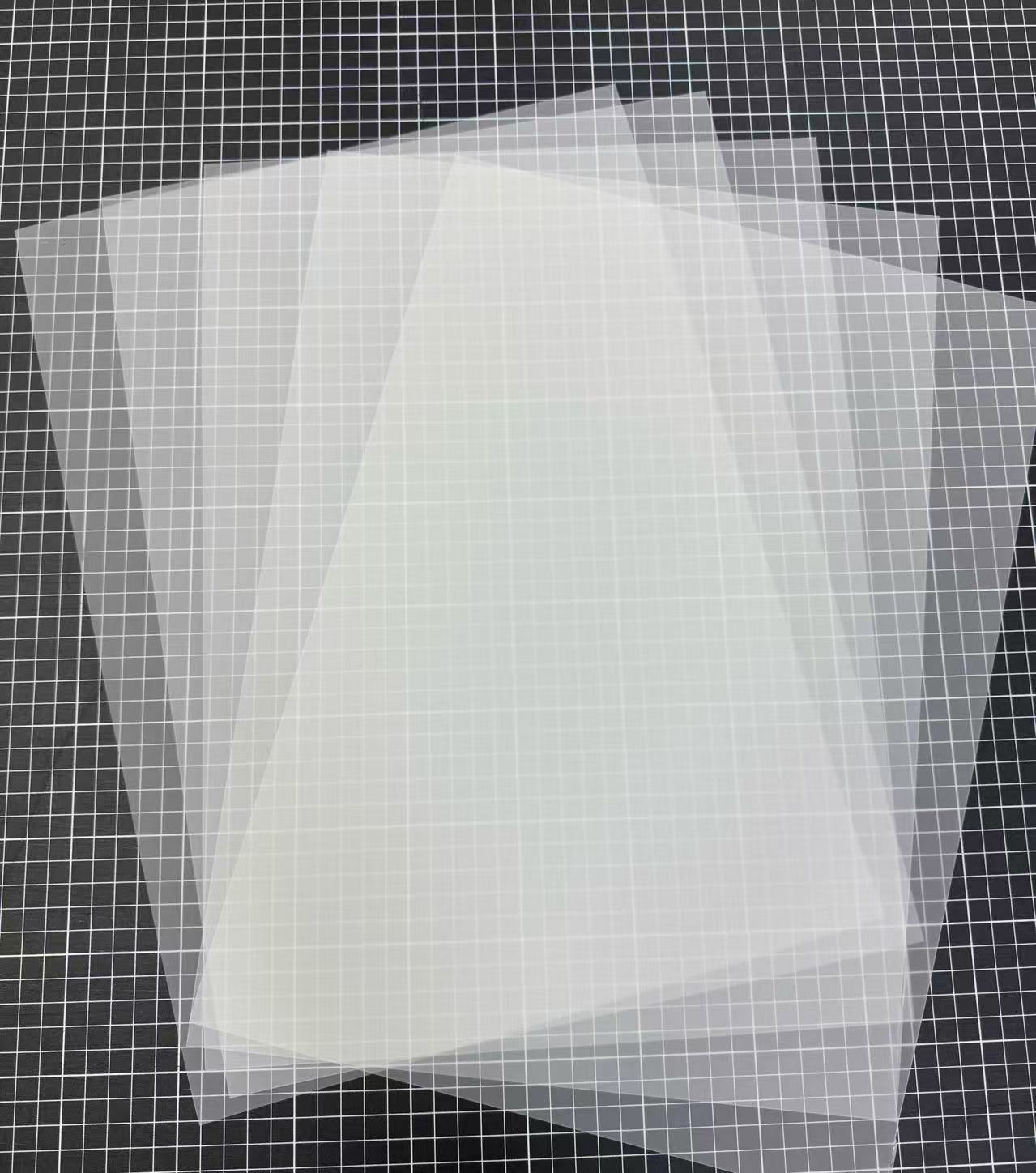
Self-adhesive FILM Application
Flexographic Printing Label Stickers: Versatile, Vibrant, and Value-Driven
-
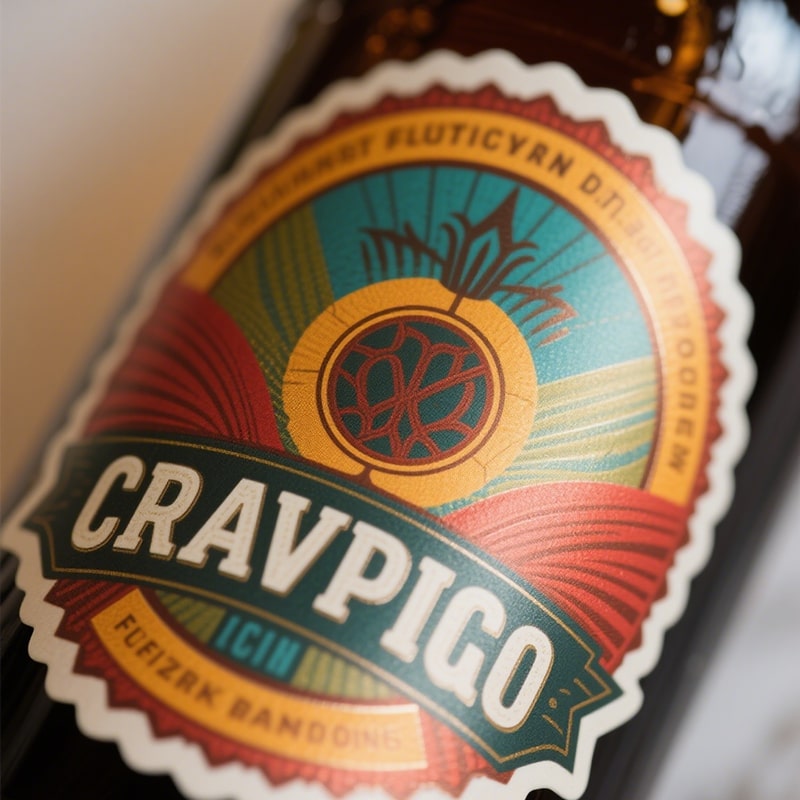
Adaptability to Materials
One of their standout strengths is adaptability to materials. Whether it’s paper, plastic, vinyl, or even textured surfaces, flexographic label stickers adhere smoothly, making them ideal for food packaging, cosmetic labels, industrial equipment tags, and promotional decals. Their ability to handle high-volume production without compromising on color consistency ensures brands maintain a cohesive visual identity across large batches. -

Vibrancy
Vibrancy is another key trait while discussing printable self adhesive labels. Flexographic printing uses fast-drying inks that deliver bold, fade-resistant colors, even in outdoor or humid environments—perfect for beverage bottles, garden tools, or vehicle decals. Plus, the process supports eco-friendly options, with water-based inks that meet strict sustainability standards, appealing to green-conscious consumers.
Become Our Agent
How do they stack up against alternatives?
| Feature | Flexographic Stickers | Digital Printing Stickers | Offset Printing Stickers |
|---|---|---|---|
| Cost for large runs | Low | High | Moderate |
| Material compatibility | Excellent | Good | Limited |
| Color vibrancy | High | High | Very High |
| Turnaround time | Fast (for large runs) | Fast (for small runs) | Slow |
| Eco-friendliness | High (water-based inks) | Moderate | Low |
FAQs of Self-adhesive Film Applications
-
What type of adhesive label material is most suitable for laser printing, and why?
For laser printing, matte or semi-gloss coated paper labels (with a smooth surface and low toner absorption) or synthetic films (e.g., PET, PP) with laser-compatible coatings are ideal. Laser printers use heat to fuse toner onto materials—coated paper prevents toner smudging by controlling ink absorption, while synthetic films with heat-resistant coatings avoid warping or melting during the fusing process. Avoid uncoated paper or thick, high-absorption materials, as they may cause toner flaking or printer jamming.
-
When using inkjet printers for adhesive labels, why do some labels show "bleeding" (ink spreading) at the edges, and how to solve it?
Ink bleeding in inkjet-printed adhesive labels typically stems from two issues: (1) non-inkjet-optimized materials (e.g., uncoated paper or films with no ink-receptive layer), where ink soaks into the substrate instead of drying on the surface; (2) excess ink density (e.g., high-resolution designs with large solid-color areas). To fix it: Choose inkjet-specific adhesive materials (with porous or polymer-based receptive coatings that lock in ink); reduce ink output via printer settings (e.g., lower "ink density" or select "fast-dry" modes); or use water-based or latex inks (which dry faster than solvent-based inks for better edge sharpness).
-
Can HP Indigo printing be used for adhesive labels that need to withstand refrigeration (e.g., food packaging labels)? If yes, what material and post-processing steps are required?
Yes, HP Indigo printing is suitable for refrigerated adhesive labels, but material and post-processing must be optimized. Use synthetic films (PET, BOPP) with low-temperature-resistant adhesives (formulated to maintain adhesion at -20°C to 4°C, avoiding peeling). Post-processing is critical: Apply a UV-curable overlaminate (e.g., clear PET or matte PP) to protect the Indigo toner from moisture and condensation in refrigerators—this prevents ink smudging and extends label durability. Additionally, ensure the label substrate is "Indigo-compatible" (with a smooth surface to ensure toner adhesion, as HP Indigo uses electrophotographic technology similar to laser printers).
-
For offset printing of high-volume adhesive labels (e.g., beverage bottle labels), what are the key advantages over digital printing, and what material considerations are there?
Offset printing excels at high-volume adhesive label production (10,000+ rolls) due to three key advantages: (1) lower unit cost (offset plates have low setup costs relative to high volume, reducing per-label expenses); (2) superior color consistency (offset uses CMYK inks with precise color mixing, ideal for brand-specific color matching); (3) sharp detail reproduction (suitable for labels with fine text, logos, or intricate patterns). Material-wise, use coated paper or thin BOPP films (0.02mm to 0.05mm thick)—thicker substrates (e.g., >0.1mm synthetic films) may cause feeding issues in offset presses. Ensure materials have good "ink receptivity" (e.g., clay-coated paper for offset inks) to avoid ink rubbing off.
-
When using flexo printing for adhesive labels on uneven surfaces (e.g., curved cosmetic tubes), what challenges may arise, and how to address them?
Flexo printing for uneven-surface labels faces two main challenges: (1) ink adhesion gaps (the flexo plate may not contact the curved surface uniformly, leading to "missing ink" spots); (2) label wrinkling (the adhesive may lift at edges due to surface curvature). Solutions: Use flexible substrates (e.g., thin PE or PVC films, which conform to curved surfaces better than rigid paper); select a "conformal" adhesive (with high initial tack to bond quickly to uneven surfaces); adjust flexo press settings (e.g., reduce "anilox roll pressure" to avoid substrate stretching, or use a "soft-tip" flexo plate to improve surface contact); and post-print, test label adhesion via "curved surface peel tests" (ensuring labels stay bonded after 72 hours of application).
-
Why do some laser-printed adhesive labels jam in printers, even if the material is labeled "laser-compatible"? How to troubleshoot?
Jamming in laser printers with "laser-compatible" labels often relates to material thickness, roll tension, or printer calibration, not just compatibility. Troubleshoot by: (1) Checking label thickness: Ensure it matches the printer’s "media weight range" (most desktop lasers handle 80gsm to 150gsm paper; exceed this, and the printer’s feed rollers may struggle); (2) Adjusting roll tension: For roll-fed labels, ensure the unwinding unit has consistent tension (too loose, labels skew; too tight, labels tear); (3) Calibrating the printer: Run the "media calibration" function (in printer settings) to let the printer detect label thickness and adjust feed speed; (4) Avoiding edge damage: Ensure label rolls have no curled or torn edges (trim damaged edges before loading to prevent jamming).
-
For inkjet-printed adhesive labels used outdoors (e.g., promotional banners or shipping labels), what modifications are needed to resist rain, UV light, and fading?
Outdoor inkjet labels require material and ink upgrades to withstand harsh conditions. First, choose weather-resistant substrates: Synthetic films (e.g., UV-stabilized PET or polyimide) or coated paper with a waterproof layer (e.g., wax-coated or laminated paper). Second, use solvent-based or UV-curable inks (instead of water-based inks)—solvent inks penetrate the substrate for water resistance, while UV inks dry via UV light and resist fading. Third, add a protective overlaminate: Clear, UV-resistant laminates (e.g., polycarbonate or vinyl) act as a barrier against rain and UV rays, extending label life from weeks to 1–2 years. Finally, select an outdoor-grade adhesive (e.g., acrylic-based adhesives) that resists temperature fluctuations (-30°C to 60°C) and moisture.
-
HP Indigo printing is often used for short-run, personalized adhesive labels (e.g., event badges). What makes it better than flexo or offset for this use case, and what limitations should be noted?
HP Indigo outperforms flexo/offset for short-run personalized labels (100–5,000 units) due to: (1) fast setup: No physical plates are needed (unlike flexo/offset), so design changes (e.g., variable names, QR codes) can be made in minutes; (2) variable data printing (VDP): Easily integrate unique information (e.g., serial numbers, personalized messages) without extra cost; (3) high-quality photo reproduction: Ideal for labels with images or gradients (e.g., event badges with photos). Limitations: (1) higher unit cost at low volume: Indigo’s per-label cost is higher than flexo/offset for runs <10,000; (2) **substrate restrictions**: Thick or rigid materials (e.g., >0.1mm foam labels) may not feed well; (3) durability without lamination: Toner is less scratch-resistant than flexo/offset inks—lamination is recommended for labels that need frequent handling.
-
When offset printing adhesive labels for food contact (e.g., candy wrapper labels), what regulatory standards must the materials and inks meet, and how to verify compliance?
Offset-printed food-contact labels must comply with global food safety standards to avoid chemical migration into food. Key standards include: (1) FDA 21 CFR Part 175 (U.S.): For adhesives and substrates (e.g., paper/films must be "food-contact safe"); (2) EU Regulation (EC) No 10/2011: For plastic substrates (e.g., BOPP films) and inks (restricts migration of heavy metals, phthalates, and volatile organic compounds); (3) GB 4806.8 (China): For paper and plastic labels in direct contact with food. To verify compliance: (1) Source materials from suppliers with "food-contact certification" (ask for test reports, e.g., migration tests for heavy metals); (2) Use food-grade offset inks (low-VOC, non-toxic, e.g., soy-based inks); (3) Conduct third-party testing (e.g., SGS or Intertek) to confirm no harmful substances migrate from labels to food under intended use (e.g., room temperature or refrigeration).
-
Flexo printing uses "anilox rolls" to control ink volume. How does anilox roll selection affect the quality of adhesive labels (e.g., for labels with solid color blocks vs. fine text)?
Anilox roll selection directly impacts ink transfer and label quality—key considerations depend on the design: (1) For solid color blocks (e.g., red beverage labels): Choose an anilox roll with lower line count (100–200 lines per inch, LPI) and higher volume (6–12 billion cubic microns, BCM). This delivers more ink to the substrate, ensuring uniform coverage and vibrant solid colors without "pinholes." (2) For fine text or small logos (e.g., ingredient labels with 6pt text): Select an anilox roll with higher line count (300–400 LPI) and lower volume (2–5 BCM). Higher line counts create smaller ink cells, which transfer precise, sharp ink droplets—avoiding ink bleeding or blurring of fine details. For mixed designs (solid blocks + text), use a "mid-range" anilox roll (200–300 LPI, 4–8 BCM) or a dual-anilox press (with separate rolls for different design elements) to balance coverage and detail.
contact us

contact
Tel: +86 17706217416
Add: Building L2A, No. 520, Lane 1588, Zhuguang Road, Hongqiao World Center, Qingpu District, Shanghai, China

